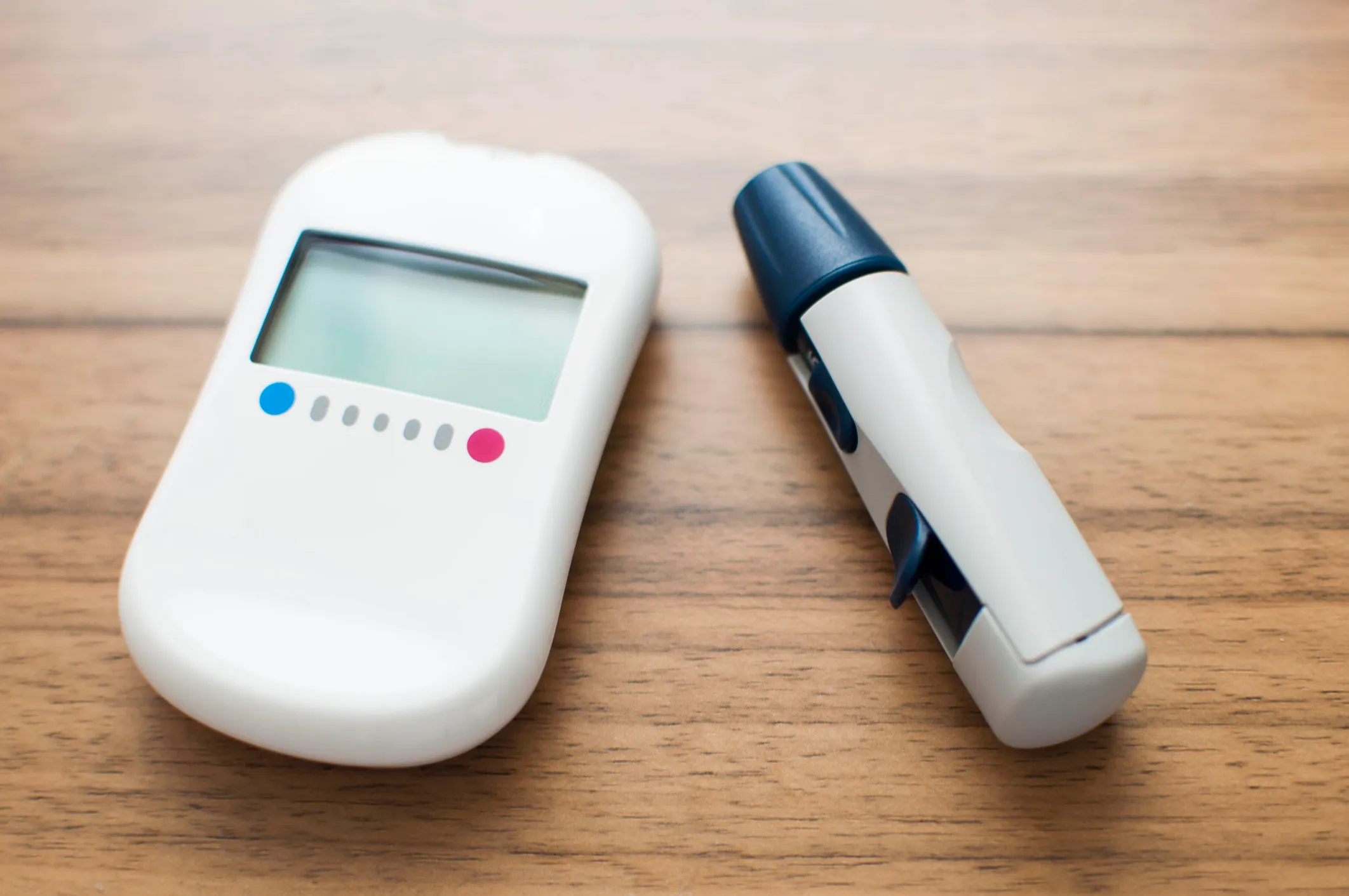Diabetics face many health choices, from daily medications to eating habits to types of insulin. One of the most important choices is which insulin can best help you control your blood sugar, and in turn your diabetes, every day.
While many diabetics rely on rapid-acting or short-term insulin every day, there is another option: long-acting insulin. Long-acting insulin could be an important tool that helps you better manage your diabetes and your overall health. And it could be the key to an easier life with diabetes.
Here are a few facts about long-acting insulin that many diabetics don’t know.
Long-Acting Insulin Doesn’t Peak
Short-acting insulin gets the job done fast, but it also peaks. After just a few hours, this type of insulin hits its max, and you’ll need another dose in order to keep your blood sugar under control – meaning you need to rely on calculated and careful dosages throughout the day.
Long-acting insulin (which is also called basal or background insulin), on the other hand, doesn’t hit a peak or “strongest” point when it’s most effective. Instead, it’s effective all day long.
As Healthline writes, long-acting insulins don’t peak like short- or rapid-acting insulins do. Long-acting insulin is actually better at controlling blood sugar for longer periods of time – and this type of insulin can keep your blood sugar under control for an entire day. This is because long-acting insulin works like the insulin produced by the pancreas. It’s released over time, which helps manage your blood sugar both before and after meals.
Once-Daily Doses Can Lead to Better Health
Long-acting insulin doesn’t require as many doses throughout the day as short-acting insulin. And while this can make taking insulin far more convenient for diabetics, it could also be key to better overall health and diabetes management.
According to research reported by Science Daily, scientific researchers found that long-acting insulin – when compared against intermediate-acting insulin – is better at controlling blood sugar, preventing weight gain, and treating hypoglycemia. Diabetics who relied on intermediate-acting insulin gained between 4 and 6 more pounds, suffered severe hypoglycemia at times, and struggled with blood sugar levels. Those on long-acting insulin were, on average, 38 percent less likely to experience these struggles.
While this research focused on individuals with Type 1 diabetes, the same may ultimately be found for those with Type 2 diabetes. Long-acting insulin could prove equally beneficial for everyone with diabetes, as it offers stability for longer periods of time.
Rapid- and Long-Acting Insulin Can Be Used Together
When you choose long-acting insulin, you don’t have to give up rapid-acting insulin altogether. Depending on your unique health needs, you may also need to carry rapid-acting insulin just in case your blood sugar levels change quickly or you need an adjustment.
Fortunately, one of the lesser-known facts about long-acting insulin is that it can work with rapid-acting insulin to help you manage your blood sugar. As the American Diabetes Association writes, long-acting insulin has a longer onset and takes effect after a few hours; while it doesn’t peak, this type of insulin does work to lower blood sugar levels at a stable, consistent rate over a 24-hour period.
However, this means that long-acting insulin can’t quickly stabilize your blood sugar if it spikes after a meal. If needed, though, you can take short- or rapid-acting insulin as a supplement whenever it’s needed, especially before or after meals.
Long-Acting Insulin Can Last for Up to 42 Hours
If you want to forget about managing your diabetes or don’t want to be tied down by regular insulin doses, long-acting insulin is a fantastic option. That’s because it’s true to its name: it lasts far longer than other insulins. Long-acting insulin can last up to 42 hours, making it far easier to manage your blood sugar when you’re living life.
According to Healthline, there are a few different long-acting insulin products available, and they all last for over 10 hours:
- Lantus, which lasts up to 24 hours
- Levemir, which lasts between 18 and 23 hours
- Toujeo, which lasts more than 24 hours
- Tresiba, which lasts up to 42 hours
- Basaglar, which lasts up to 24 hours
You Have More Flexibility on Long-Acting Insulin
One of the best reasons to consider long-acting insulin? It’s an insulin option that can give you so much freedom.
Instead of being worried about how much insulin you’re carrying with you, whether or not you’ve missed a dose, and whether or not your last dose has peaked, you’ll be able to live freely for a full 24 hours. Imagine – just one or two doses per day, and you won’t have to worry about your blood sugar every hour. You can eat as you’d like, take fewer injections, and enjoy normal life.
As Pharmacy Times reports, when 24-hour long-acting insulin is used, patients have better flexibility with when they eat and when they snack. It can also lower the risk of hypoglycemia in those with Type 2 diabetes, making it far less dangerous to live without blood sugar worries. And you won’t have to rely on as many injections to keep your body regulated and in its best shape.
Imagine how much easier life could be with long-acting insulin. You could more easily manage your diabetes on the go, freeing yourself from regular insulin doses, and even prevent your health from taking a turn every time you eat.
